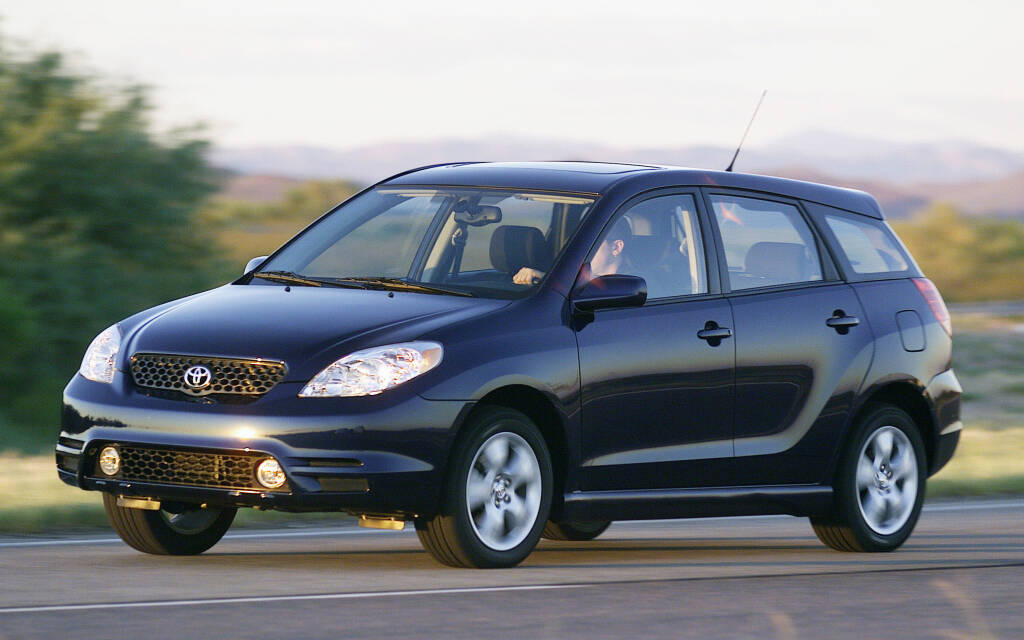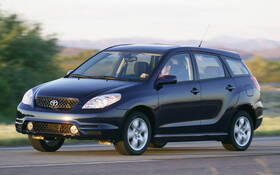Owners of These Old Toyota, Pontiac Cars Should Stop Driving Them, Here’s Why
Toyota and General Motors are urging owners or custodians of certain older vehicles who have not yet addressed Takata airbag recalls since 2015 to stop driving their vehicles.
The warning specifically targets the 2004-2005 Toyota RAV4 (driver’s side front airbag), as well as the 2003-2004 Toyota Corolla, Matrix and Pontiac Vibe (passenger’s side front airbag). The latter was built in the same California plant as the Matrix.
- Also: Pontiac Vibe and Toyota Matrix: Are They the Same Car?
- Also: Toyota Recalls 100,000 Vehicles in Canada on Airbag Concerns
Approximately 61,000 units could be affected, most of them in the U.S. North of the border, the number is at least 7,300, Toyota Canada has confirmed to The Car Guide.
“If the airbag deploys, a part inside is more likely to explode and shoot sharp metal fragments, which could cause serious injury or death to the driver or passengers,” Toyota said in a statement.

More precisely, the airbag inflators supplied by Japanese company Takata (now bankrupt) used volatile ammonium nitrate to create a small explosion to inflate airbags in a crash. The problem is that the chemical propellant can deteriorate over time when exposed to high temperatures and humidity, causing the airbag to deploy with too much force.
Globally, over 400 people have been injured and more than 30 have died as a direct result. Again, most of these deaths have occurred in the U.S.
Despite the many different recall campaigns announced by automakers, it’s highly likely that a fair share of the 100+ million vehicles affected around the world are still equipped with Takata inflators. Making things more complicated now is that these are older models, many of which are no longer in the hands of their original owners.
Drivers are strongly advised to visit Transport Canada’s recall database or the manufacturer’s website to determine whether their vehicle is part of an airbag recall and needs a replacement. Toyota and GM are telling owners to have their vehicle towed to a dealer unless a mobile repair is possible.













